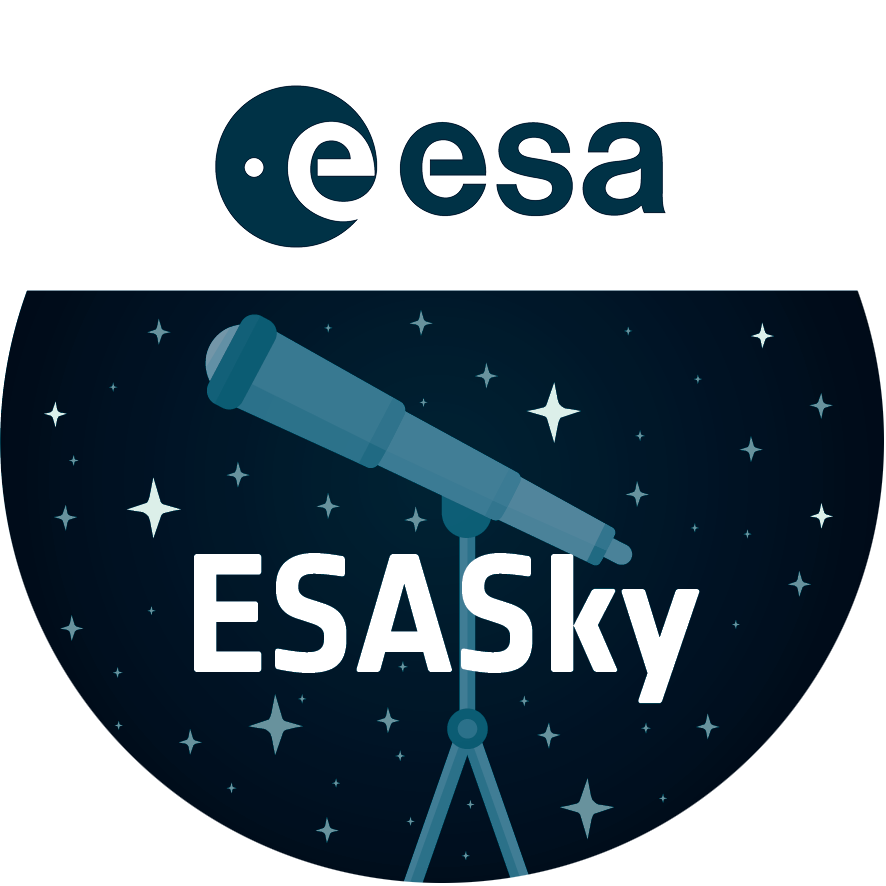Result of a galactic crash
This image, taken with the NASA/ESA Hubble Space Telescope, shows the galaxy NGC 4490. The scattered and warped appearance of the galaxy are the result of a past cosmic collision with another galaxy, NGC 4485 (not visible in this image).
The extreme tidal forces of the interaction between the two galaxies have carved out the shapes and properties of NGC 4490. Once a barred spiral galaxy, the outlying regions of NGC 4490 have been stretched out, resulting in its nickname of the Cocoon Galaxy.
Credit:ESA/Hubble & NASA
Acknowledgements: D. Calzetti (UMass) and the LEGUS Team, J. Maund (University of Sheffield), and R. Chandar (University of Toledo)
About the Image
| Id: | heic1716a |
|---|---|
| Type: | Observation |
| Release date: | 28 September 2017, 14:00 |
| Related releases: | heic1716 |
| Size: | 4128 x 3968 px |
About the Object
| Name: | NGC 4490 |
|---|---|
| Type: | Local Universe : Galaxy : Activity : Starburst |
| Distance: | 25 million light years |
| Constellation: | Canes Venatici |
| Category: | Galaxies |
Image Formats
Coordinates
| Position (RA): | 12 30 35.94 |
|---|---|
| Position (Dec): | 41° 38' 29.08" |
| Field of view: | 2.73 x 2.62 arcminutes |
| Orientation: | North is 195.0° right of vertical |
Colours & filters
| Band | Wavelength | Telescope |
|---|---|---|
| Ultraviolet UV | 275 nm |
Hubble Space Telescope
WFC3 |
| Optical U | 336 nm |
Hubble Space Telescope
WFC3 |
| Optical B | 438 nm |
Hubble Space Telescope
WFC3 |
| Optical V | 555 nm |
Hubble Space Telescope
WFC3 |
| Optical y | 475 nm |
Hubble Space Telescope
WFC3 |
| Optical I | 814 nm |
Hubble Space Telescope
WFC3 |
| Optical H-alpha + NIII | 657 nm |
Hubble Space Telescope
WFC3 |


